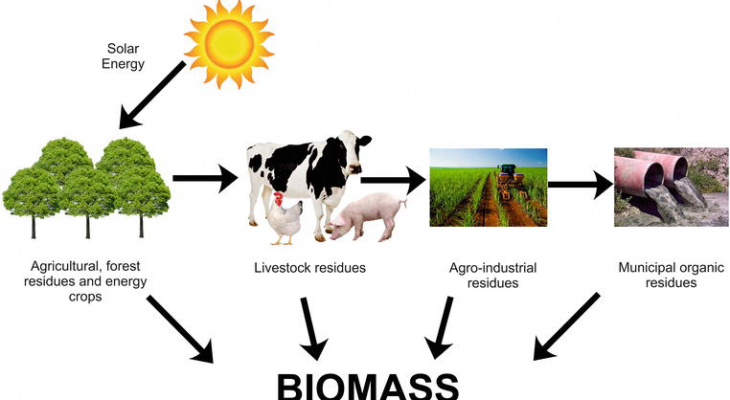Producing electricity from coal starts when the coal is pulverised in huge mills into a fine powder before it is blown into huge kettles, called boilers. Due to the heat in the boiler, the coal particles combust and burn to generate heat to turn water into steam. The steam from the boilers is used to turn the blades of a giant fan or propeller, called a turbine. The turbine turns a coil made of copper wire (the rotor) inside a magnet (the stator). Together they make up the generator. The generator produces an electric current, which is sent to the homes and factories of consumers via power lines.



